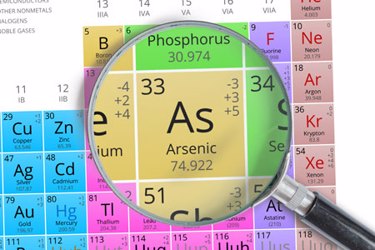Arsenic Removal Technologies Pros And Cons

Arsenic is one of the most pervasive water contaminants in the U.S. According to the Water Quality Research Foundation (WQRF), there are nearly 15,000 community water systems with median arsenic levels above the U.S. EPA maximum contaminant level (MCL) of 10 ppb.
The technologies needed to remove arsenic are well understood and most water treatment plants (WTPs) have little trouble keeping concentrations under the MCL. Even smaller water treatment systems, such as community wells, or those serving RV parks, schools, or other decentralized systems, find that there are many options available that can help remove arsenic from source water. This includes reverse osmosis (RO) systems, membrane filters, and binary mixed metal cartridges.
The real challenge is finding the right technology that fits the needs, knowledge level, and budget of the water management organization. This article examines the advantages and disadvantages of three prominent arsenic removal technologies in terms of cost, complexity, and waste considerations.
Get unlimited access to:
Enter your credentials below to log in. Not yet a member of Water Online? Subscribe today.
